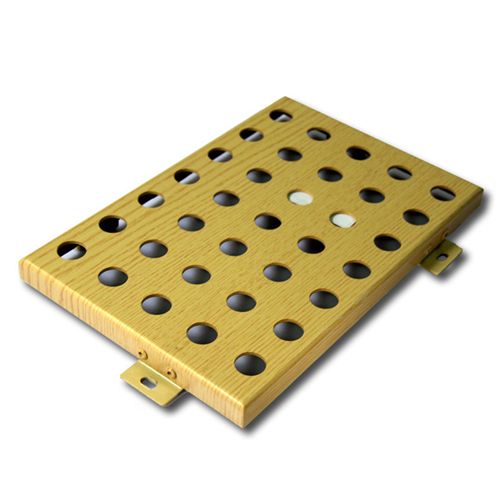

 Frequently asked questions
Frequently asked questions
Aluminum veneer is a commonly used building material, widely used in exterior wall decoration, indoor partitions, ceilings, and other fields. The thickness of aluminum veneer is one of the important factors affecting its quality and performance. This article will introduce the thickness options for aluminum veneer from four aspects.
Common thicknesses of aluminum veneer include 2mm, 2.5mm, 3mm, 4mm, 5mm, etc. Among them, 2mm thick aluminum veneer is lightweight and convenient, suitable for indoor partitions, furniture decoration and other occasions; Aluminum veneer with thicknesses of 2.5mm and 3mm is suitable for indoor and outdoor wall decoration, roofing, ceiling and other occasions; Aluminum veneers with thicknesses of 4mm and 5mm are suitable for high-strength applications such as exterior wall decoration, curtain walls, and subway tunnels in large buildings.
The thickness of aluminum veneer is closely related to its load-bearing capacity. The thicker the thickness, the stronger the load-bearing capacity of the aluminum veneer. In the decoration of building exterior walls, it is necessary to consider the load-bearing capacity of aluminum veneer to ensure the stability and safety of the exterior walls.
Meanwhile, the thickness of aluminum veneer also affects its fire resistance performance. Thicker aluminum veneer can provide better fire resistance and reduce the probability of fire.
The thickness of aluminum veneer also has a certain impact on its cost. Usually, the thicker the thickness, the higher the cost of aluminum veneer. Therefore, when selecting aluminum veneer, it is necessary to choose the appropriate thickness based on actual needs and budget.
In addition, with the continuous advancement of technology and the improvement of production processes and materials, the production cost of aluminum veneer is gradually decreasing, making the price of thicker aluminum veneer gradually more reasonable.
The thickness of aluminum veneer also affects its surface treatment method. Thinner aluminum veneers can be surface treated by spraying, electrophoresis, and other methods, while thicker aluminum veneers can be surface treated by brushing, coating, and other methods.
In addition, the effect of surface treatment on aluminum veneers of different thicknesses will also vary. Thinner aluminum veneers are more prone to peeling and detachment after surface treatment, while thicker aluminum veneers are more durable.
The thickness of aluminum veneer is one of the important factors affecting its quality and performance. Common thicknesses of aluminum veneer include 2mm, 2.5mm, 3mm, 4mm, 5mm, etc. The thickness of aluminum veneer is closely related to its load-bearing capacity, cost, and surface treatment method. When selecting aluminum veneer, it is necessary to choose the appropriate thickness based on actual needs and budget.